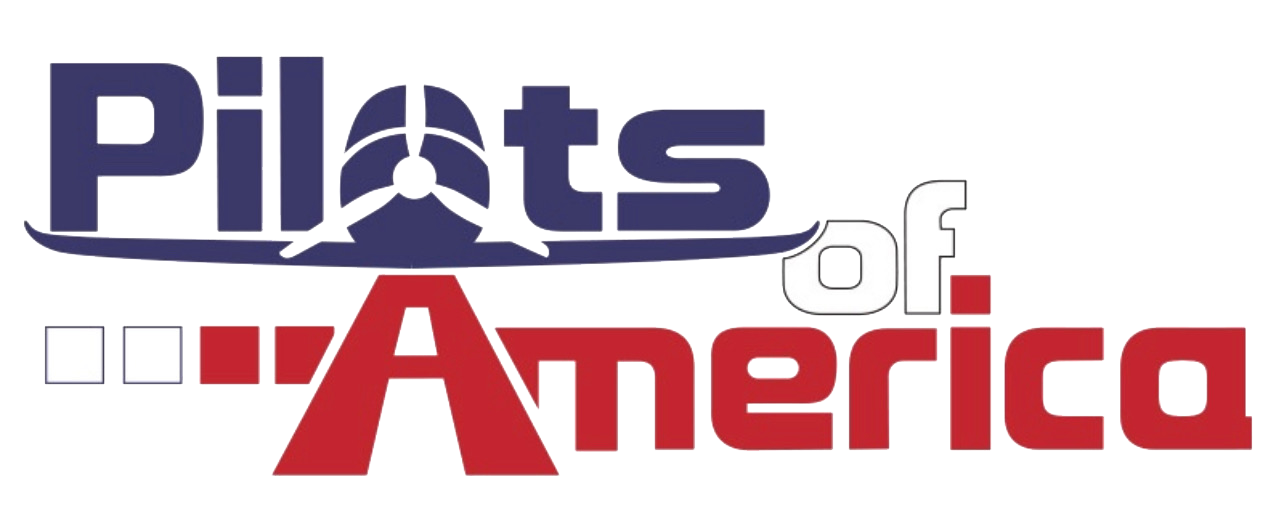I don't have any idea how much it costs to make them but it looks like Cessna is selling them starting at $289,500. However, they are in business to make money so it seems to me that they would sell them at the highest price possible, as long as people buy them, rather than the lowest price.
http://www.cessna.com/single-engine/skyhawk
I have no idea what the sweet spot in pricing would be for Cessna but their list price is as much as many people pay for a house, and this is for something that is basically a toy.
I think that Brian had it mostly right when he said that there are few people who love it enough to justify the cost. But I think the cost comes not only in $$$ but in time and effort. People with plenty of money and some interest are still reluctant, maybe because they have other things they would rather do with their time and money. I've also had people who I know could afford it tell me that they didn't have the time to invest in order to do it right. This self-awareness is probably a good thing.



